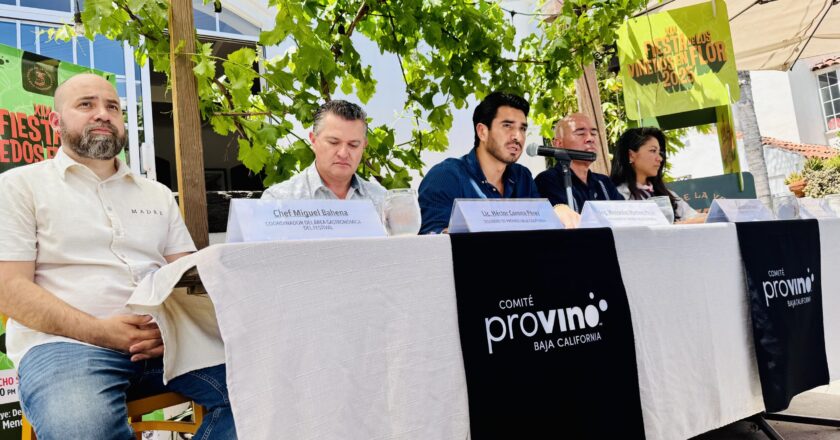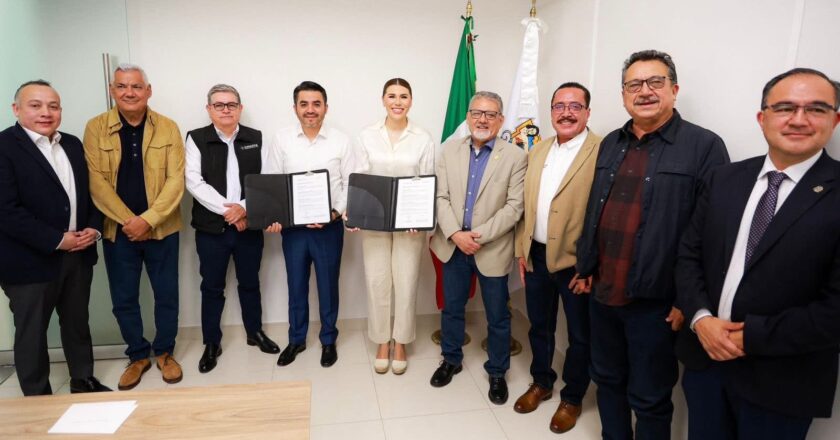Well, that’s one way to cross the border. On Monday afternoon, May 26, 2025, the San Ysidro Port of Entry …


Well, that’s one way to cross the border. On Monday afternoon, May 26, 2025, the San Ysidro Port of Entry …

From Ensenada to Italy: Isaac del Toro Paints the Giro Pink If you needed a reason to scream “¡Viva Ensenada!” …

This Saturday, skip the malls, ditch the couch, and head straight to where Baja creativity takes over the streets. Art …

Just when you thought the border couldn’t get any pricier—remittances now come with a 3.5% surcharge. Last week, the proposed …

His Wife? $1.7 Billion. If you’ve ever felt overwhelmed by your credit card bill, just imagine owing $250 million dollars. …

“Terruño, Identidad y Vocación” (Which basically means: This land was made for wine—and we’ve got the talent to prove it) …

Blacklist or Power Move? The U.S. Tightens the Visa Grip on Mexican Officials Something’s shifting between Mexico and the U.S.—and …

Rosarito just got a little closer to hope. Something unusual is happening in Rosarito—and it’s not another Starbucks or beachfront …

Mystery at sea… in reverse. On May 17, the pride of Mexico’s Navy, the Buque Escuela Cuauhtémoc, left a mark …

No more excuses. Baja is finally doing something about the water problem. Governor Marina del Pilar signed the deal this …